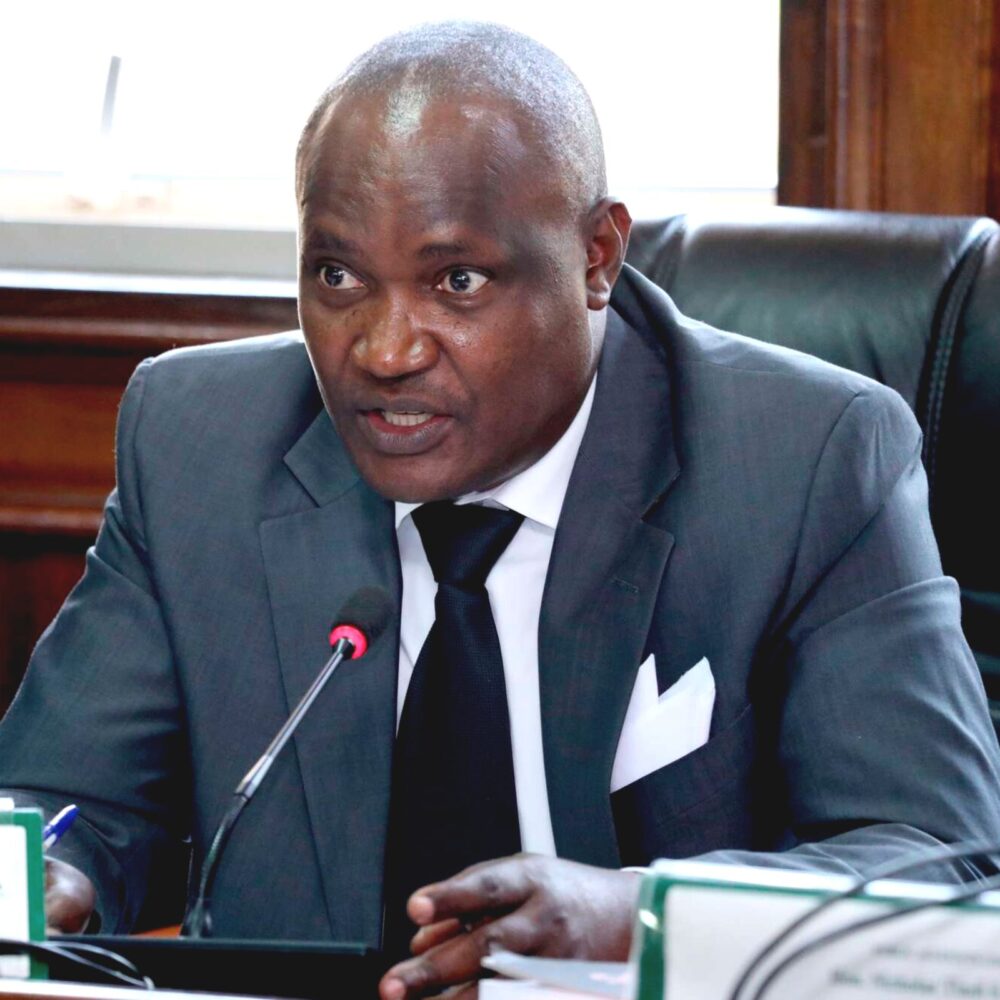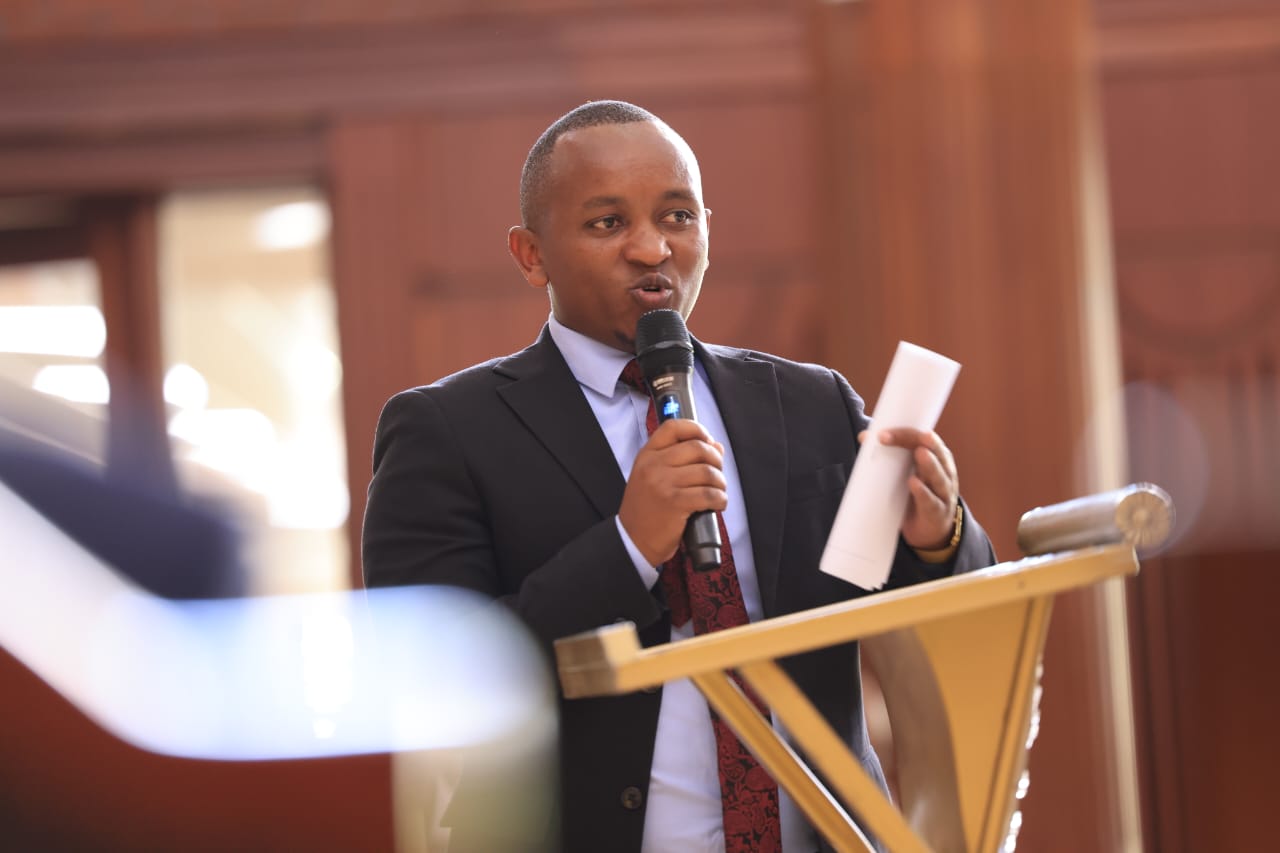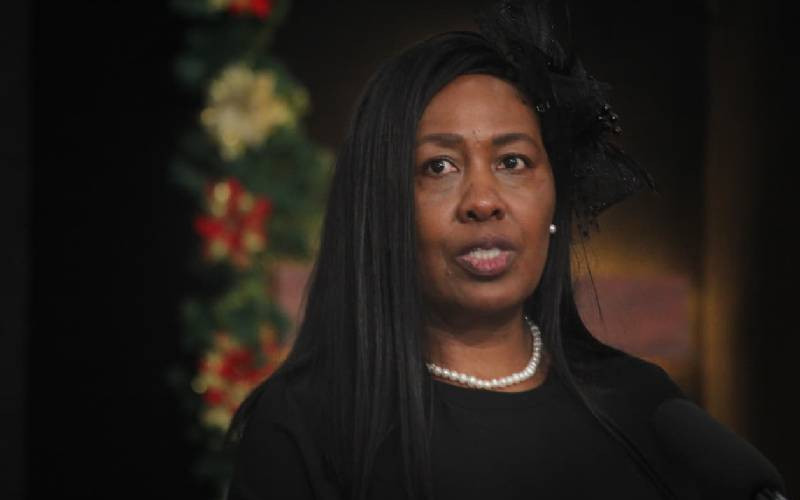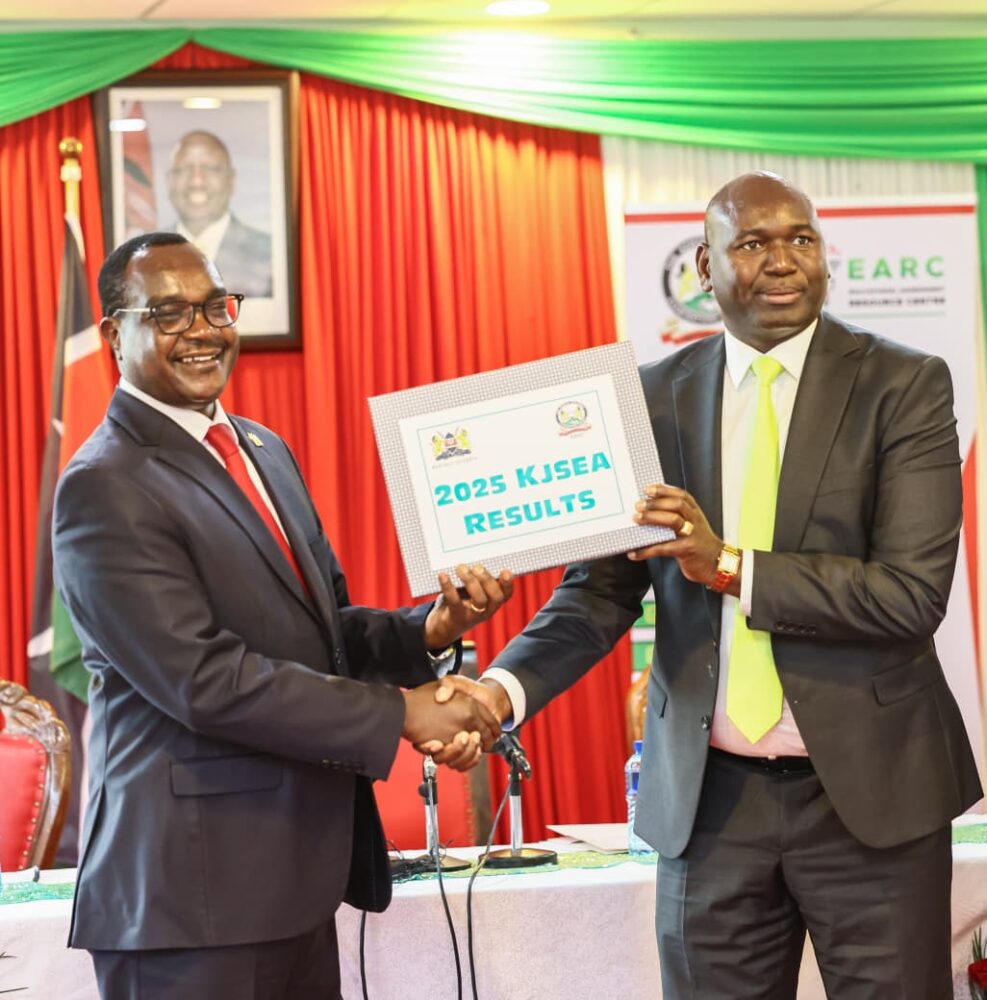The government is intensifying its engagement with the private sector to bridge the significant infrastructure funding gap, Treasury Cabinet Secretary John Mbadi announced on Monday August 11, 2025 during the Public-Private Partnership (PPP) Symposium.
Highlighting an annual shortfall of 336 billion Kenyan shillings in infrastructure financing, CS Mbadi positioned PPPs as a crucial strategy to sustain development without straining public resources, thereby freeing them up for essential social sectors.
“Public resources alone cannot meet the growing demands for infrastructure development in our nation,” stated CS Mbadi in his keynote address. “Public-Private Partnerships offer a viable and strategic pathway to unlock the necessary investments while ensuring fiscal prudence.”
Mbadi underscored Kenya’s readiness for increased PPP engagements, citing the country’s robust GDP, significant renewable energy potential, political stability, a skilled workforce, and a well-established legal and institutional framework for PPPs.
In a significant move to actualize this strategy, Mbadi unveiled several key projects now open to private sector investment:
*Affordable Housing: The development of 2,820 affordable housing units in Athi River.
*Healthcare Infrastructure: A modern tuition and accommodation complex at the Moi Teaching and Referral Hospital (MTRH) in Eldoret, operating under a 20-year Design, Build, Finance, Maintain, Transfer (DBFMT) model. This project aims to provide crucial academic and residential facilities for approximately 800 students at MTRH’s College of Health Sciences.
*University Student Housing: The construction of student hostels with a total capacity of 4,022 beds at the University of Nairobi’s main campus. This 30-year PPP project, with an estimated capital cost of KSH 4.958 billion, will include essential amenities to enhance student life.
*Coastal Healthcare Accommodation: A 2,000-bed capacity hostel for the Coast General Teaching and Referral Hospital in Kilifi.
The MTRH project, in particular, represents a significant step in leveraging private sector expertise and capital to bolster healthcare training infrastructure.
Under the Design, Build, Finance, Maintain, and Transfer model, the selected private partner will be responsible for the entire lifecycle of the facility for two decades before transferring ownership back to the hospital.
Similarly, the University of Nairobi’s initiative seeks to address a critical shortage of student accommodation, with current capacity only meeting a fraction of the demand.
At the same time, the Treasury CS emphasized the government’s commitment to creating a transparent and communicative environment for PPPs, encouraging active public participation and robust dialogue throughout the project lifecycles.
This approach aims to foster trust and ensure that these partnerships deliver tangible benefits to the Kenyan people.
The unveiling of these projects signals a strong push towards utilizing PPPs as a key mechanism for achieving Kenya’s development goals, addressing critical infrastructure needs while optimizing the use of public funds.
The success of these initial ventures is expected to pave the way for further collaborations between the public and private sectors in the country.












